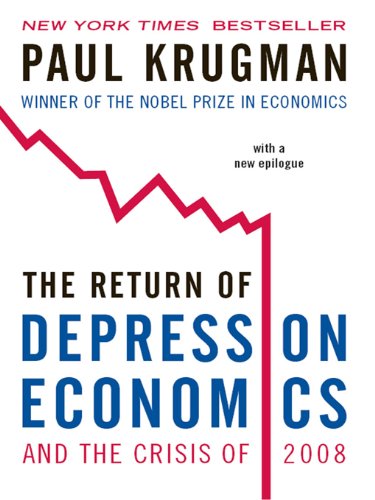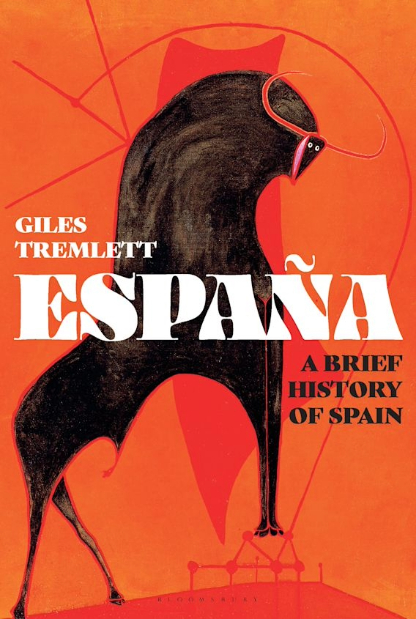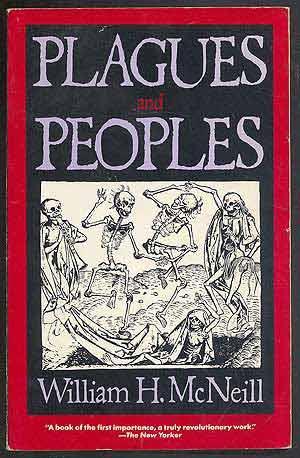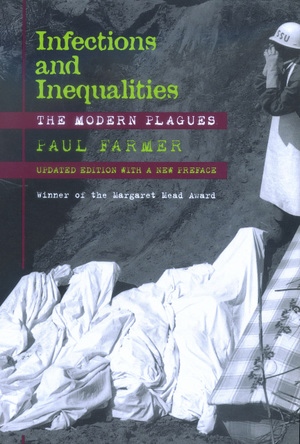A Question of Torture: CIA Interrogation, From the Cold War to the War on Terror, Alfred W. McCoy, Metropolitan Books, 2006, pp. 290, $33.95, ISBN 0-8050-8041-4
McCoy’s A Question of Torture is a part of The American Empire Project, which seeks to examine the origins of US imperial aspirations and analyze their effects at home and abroad. It takes its place alongside books by Noam Chomsky, Chalmers Johnson, James Carroll, El Fisgon, Michael Klare, and Walden Bello. The book came out in the aftermath of the Abu Ghraib torture scandal that emerged in April 2004 when CBS News broadcast the images from the prison to their audience. Images of prisoners being chained in uncomfortable positions, with underwear soaked in urine covering their faces, with feces smeared across their bodies, leashed and forced to crawl on the floor, intimidated by dogs, forced to form human pyramids while naked and having their heads covered or hung upside down for hours, horrified, and will forever horrify, many. The victims will never recover.
The US officials were quick to dismiss the case as that of a ‘few bad apples’ working the night shift in the prison, and stated that it was in no way indicative of the general US policy towards its prisoners. President George Bush even announced that the US “was committed to the worldwide elimination of torture, and [that] we are leading this fight by example.” Eleven soldiers were convicted of dereliction of duty in the case. However, the Final Report of the Independent Panel to Review Department of Defense exonerated the military and executive leadership.
McCoy’s book posits that rather than it being an isolated event, the Abu Ghraib scandal follows a long history of torture as a method of interrogation preferred by the CIA, developed in the aftermath of World War II. Or, as McCoy puts it “at the deepest level, the abuse at Abu Ghraib, Guantanamo, and Kabul are manifestations of a long history of a distinctive US covert-warfare doctrine developed since World War II, in which psychological torture has emerged as a central if clandestine facet of American foreign policy.” The story implicates a wide cross-section of the society, connecting psychological research scientists and the intelligence community in pursuit of ethically despicable goals and using equally despicable methods.
The paranoia in the US intelligence community developed as the Cold War intensified. Having witnessed Stalin’s kangaroo trials, the CIA was disturbed and fascinated by the ease with which the Soviets extracted confessions from the accused. Given the context, it was easy for a Yale psychologist Irving L. Japis to forewarn the US of an emerging battlefield, namely, the cognitive space. Japis reported that ever since 1923, Moscow’s State Institute of Experimental Psychology had conducted trials in hypnosis. The public confessions were then seen as the result of a ‘special psychological technique’. Having succeeded in developing such a technique, it was believed that the Soviets could easily infiltrate the US establishment and ensure its dominance over the US.
In 1951, in a memorandum Defense Against Soviet Mental Interrogation and Espionage Techniques, Allen Dulles announced that the US would counter the ‘mind-control’ threat by developing its own technique. Herbert Hoover went on to state that “We must…learn to subvert, sabotage, and destroy our enemies by more clear, more sophisticated, and more effective methods than those used against us.” These statements occurred at the heels of NSC 4-A, authorization for the CIA to conduct covert propaganda programs supplemented by psychological operations. NSC 4-A was to have no oversight, as the National Security Act of 1947 effectively removed Congress from exercising it, allowing the CIA to do what it wills.
From 1950 to 1963, the CIA ran MKUltra; a behavioral research program that sought to develop effective ‘mind-control’. Prior to its development, the agency ran several more projects, such as Operation Bluebird, which created teams of psychiatrists, intelligence personnel, hypnotists, and polygraph experts in order to design an interrogation manual that was to include drugs, electroshocks, hypnosis, and psycho-surgery. Moreover, “Thousands” of soldiers unknowingly took part in experiments involving the newly synthesized LSD. In 1952, Project Artichoke applied the techniques developed under Bluebird on patients who were kept on LSD for seven days straight.
Finally, in 1953, MKUltra combined the previous projects aimed at developing control over the subject’s cognition and placed it under the oversight of Dr. Sidney Gotlieb. MKUltra comprised of 149 projects and 33 subprojects. While most of the material related to the project was destroyed, we know that it dispensed $25 million to 185 nongovernmental researchers at 80 institutions, of which 44 were universities and 12 hospitals. In the pursuit of the project’s aims, the CIA injected prisoners with the so-called ‘truth serum’ (sodium pentathol), spiked drinks at bars and children’s camps, and pushed the doses to fatal limits with prisoners and those deemed ‘expendable’. It was a war waged by the US elite against is own citizens.
The breakthrough in the CIA’s approach to psychological torture came with the help of behavioral psychologists at universities across North America. Dr. Donald O. Hebb discovered the devastating impact sensory deprivation had on the subjects. Working under “Contract X-38”, Hebb received $10000 from the Canadian Defence Research Board to analyze the effects of isolation upon intellectual function. In one of his experiments, Hebb instructed his students-cum-volunteers to lie down in a lit cubicle for 24 hours. After analyzing the consequences of that on his students, Hebb concluded that after several hours of isolation, “the very identity of the subjects” began to disintegrate. This experiment set the tone for the agency’s future approaches to interrogation. It was to focus on sensory deprivation.
In another study by Albert Birdman, Irving Janis, Harold Wolff, and Lawrence Hinkle suggested that self-inflicted pain led victims to feel guilt for their own predicament and cooperate more effectively. The goal was therefore to devise methods that would make the prisoners believe that their suffering was self-induced rather than perpetrated by their interrogators. Given that a study on the Soviet interrogation methods had concluded that hallucinogenic drugs did not play a role in the public confessions elicited in Moscow and that it was “isolation, anxiety, lack of sleep, uncomfortable temperatures, and chronic hunger,” that led the prisoners to cooperate, the American establishment had finally crystallized its methods.
And anyone could do it. The infamous Stanley Milgram, working under the government’s grant showed that anyone is capable of torture. The National Science Foundation gave a $24700 grant to Milgram, which McCoy suggests was given under the pressure by the CIA and the Office for Naval Research. Indeed, Milgram contacted the ONR after his initial application was refused by the American Council for Learned Societies. As is well known, Milgram’s test involved 40 residents of New Haven, Connecticut, who were asked to activate 30 switches, ranging from 15 to 450 volts. As the participants pressed higher and higher switches, the screams from the room which they had no access to intensified until 330 volts, after which no screams were heard. Presumably, the other person was dead by then. Sixty-five percent of participants had gone up to 450 volts. Its implications were clear, any ordinary soldier or policeman could be taught to torture.
This collaboration between the CIA and the University Professors crystallized in the Kubark Counterintelligence Interrogation Handbook, which was to form the backbone of the US interrogation techniques for the next 40 years. It was composed of:
1) Methods of inducing regression of the personality to whatever level required for the dissolution of resistance and the inculcation of dependence.
2) Methods to make the subject feel that the pain that they are experiencing is their own fault.
These elements were then effectively exported to Latin American and allied dictatorships throughout the world. The techniques were propagated, at first, through the Office of Public Safety, then a division of USAID. McCoy states that by 1971, the program had trained over 1 million police officers in forty-seven nations, of which 100,000 were in Brazil and 85,000 in South Vietnam. In a particularly tragic episode, McCoy recalls speaking to a survivor of a brutal interrogation in the Philippines under the Marcos dictatorship. “In addition to the 3,257 killed, an estimated 35,000 were tortured” of which 2,520 were killed and their bodies dumped on city squares for display. As if the direct training was not enough, under Project X, the US Army Intelligence Center sent thousands of copies of interrogation manuals around the world. Colombia, Peru, Ecuador, El Salvador, Guatemala, Bolivia, Peru, Venezuela, Honduras ‘benefited’ from the handout.
The discovery of the use of torture on the Greek and Peruvian citizens inspired the 1984 UN General Assembly to adopt the Convention Against Torture, which sought to prohibit its use globally. The US only adopted the convention after 19 reservations, which effectively watered it down until the use of psychological torture was omitted from the definition of torture as proposed by the Convention’s Article I. Washington’s definition of harm was to exclude “sensory deprivation, self-inflicted pain, and disorientation,” all the techniques used by the CIA in its interrogation procedures.
The ensuing political wrangling and public outcry that occurred after the publication of the Abu Ghraib torture photos is history. Nonetheless, as McCoy’s book clearly shows, it is precisely not a matter of a few bad apples working a night shift. Rather it’s a systemic approach to warfare that was consciously developed and applied by the strongest military on the planet to crush its opponents and aid its preferred dictators.
By focusing specifically on explicit psychological torture, McCoy omits the general and much more pervasive torture inflicted upon the general population that faces war. Death and destruction leave psychological marks just as much as sensory deprivation. McCoy could have benefitted from an outright denunciation of war, rather than its narrow application to prisoners. Nonetheless, McCoy’s important book sheds light on a gruesome topic of torture, which, as he shows, the US has practiced since the beginning of the Second World War.




